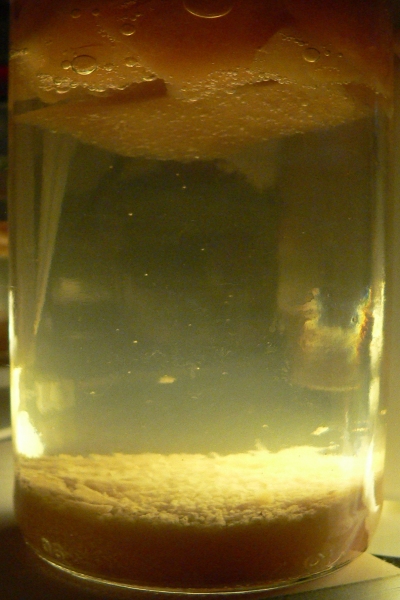Simple Multi Levain Builds for SD &or YW
Simple Multi Levain Builds for SD &or YW
[Updated: 110519-0940]
A great deal has been written about methods to build, or refresh, leavains. It is not the purpose of this posting to say here is a “better way”. The sole purpose here is to say here is a very simple way, if you want to build any desired amount of levain for a loaf you wish to try.
